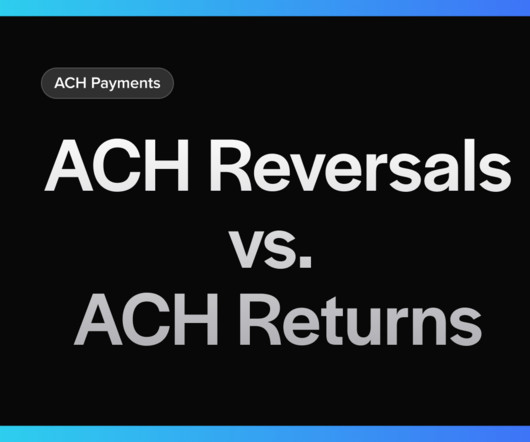ACH Payment vs Wire Transfer: What’s the Difference and Which Payment Method Should You Use?
Stax
JUNE 27, 2024
ODFI submits ACH file – The originator’s bank or payment processor, also known as the originating depository financial institution (ODFI) submits the ACH entry containing the payment details. If the transfer is initiated on the same business day, then clearance, settlement, and disbursement may happen on the same day.












Let's personalize your content